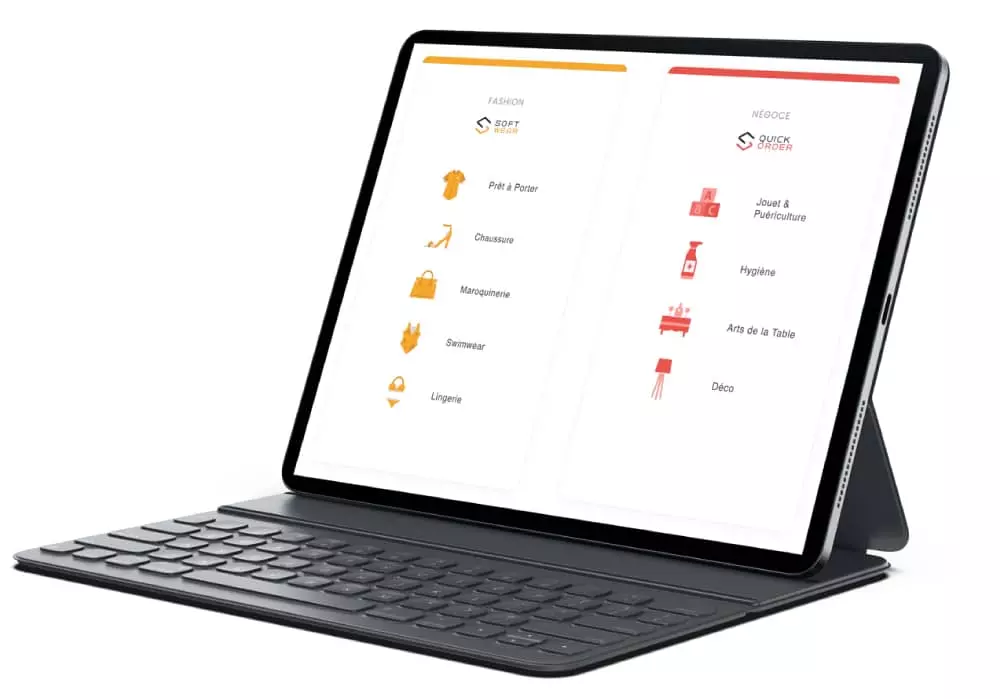You’re ready to take your B2B commercial activity to the next level and are considering expanding internationally — a real opportunity to conquer new markets and increase your revenue.
However, this development comes with many challenges: language barriers, currency management, administrative procedures, and local regulations can all slow your progress.
In this article, discover how digital tools can help you overcome these obstacles. We’ll also explore how specialized organizations can guide and support you in this process, helping you maximize your chances of success.
1. Key challenges when expanding internationally
- Languages and translation management
When expanding internationally, language becomes one of the first major challenges. It’s not just about translating your commercial data word for word, but about doing so accurately while considering the cultural, behavioral, and linguistic specifics of each market.
Incorrect translations or misinterpretations can create misunderstandings and costly mistakes, which can damage your brand image. A client faced with an incomprehensible or poorly translated product page may simply abandon the purchase.
Additionally, managing multilingual content can become complex, especially when it comes to maintaining consistency and regularly updating information.
- Currency management
Entering new international markets requires handling different currencies to display prices accurately and charge clients in their local currency.
It is therefore essential to have tools that not only facilitate international payments but also allow effective, real-time management of exchange rates.
- Regulations and deadlines
Ensuring proper delivery of your products and managing different time zones are critical factors, as they can affect delivery times and returns, potentially causing delays and customer dissatisfaction.
Moreover, every market has its own rules regarding trade, taxation, and customs. Failing to comply can lead to penalties or even prohibit sales in certain markets. Regulations are constantly evolving, requiring ongoing monitoring to remain compliant.
2. How digital tools can help
- Multilingual solutions
Many digital tools offer effective solutions to manage translations and multilingual content efficiently.
For example, the SCJ wholesale platform is available in multiple languages. The translations provided are not simple “Google translations” — they have been professionally prepared with an interpretation and translation agency to ensure high quality. The platform displays in the desired language, allowing buyers from different countries to navigate easily and place orders.
Optionally, your sales teams can fine-tune certain translations via the platform’s Back Office, adjusting terms to better fit your business or the cultural context of each market.
The Back Office also allows you to manage your terms and conditions of sale by language.

- Multi-currency solutions
Digital platforms can display prices in the appropriate currency depending on the customer’s location.
B2B e-commerce platforms can also integrate payment modules, such as Monetico or PayPlug, which support multiple currencies and account for exchange rate fluctuations, allowing buyers to pay directly in their preferred currency.
- Automated regulatory compliance
Most B2B digital solutions automatically calculate taxes, configured in your ERP system and applied to each client according to their country. Fully integrated with your ERP, this ensures synchronized client and product data, keeping pricing information continuously up to date and compliant, especially regarding VAT.
A regulatory monitoring process remains essential to ensure the accuracy of tax groups within your ERP.
- The B2B platform: a smart solution for starting international sales
A B2B e-commerce platform can be a cost-effective way to start international sales.
For example, the SCJ B2B platform offers dedicated access for your sales teams, allowing you to initially reduce expenses while testing a new international market before considering on-the-ground operations.
With 24/7 access to your products and continuous tracking of orders and deliveries, you can efficiently test and grow your presence in a new market while ensuring optimized management and a smooth customer experience.
3. Support for international expansion
Administrative and legal procedures, customs processes, evolving regulations — it can be difficult to stay up to date and have the right information. International expansion may also require significant investment.
Many organizations exist to inform, guide, and provide financial support:
- Export.gov (USA) : a comprehensive resource provided by the U.S. government, helping companies understand export regulations, identify markets and find financial support. Their international advisors can help identify the most suitable solutions and connect you with the right contacts.
- UK Department for International Trade (DIT) : offers guidance, market research, and connections to local partners to help UK businesses expand internationally.
- International Trade Administration (ITA) : provides tools, advice, and trade leads for U.S. companies looking to export.
- World Trade Organization (WTO) : Offers global guidance on trade regulations, tariffs and best practices for international commerce.
- Many countries have global chambers that offer support for export procedures, networking and market entry.
You can also rely on global organizations such as the International Chamber of Commerce (ICC), which unites chambers worldwide and provides guidance, tools, and international standards to support companies in their cross-border development.
- Private consulting & export advisors : International business consultants can help navigate cross-border regulations, logistics, and market entry strategies.
- Professional Federations and Trade Associations : Many federations or specialized trade associations like the United States Fashion Industry Association (USFIA) provide targeted guidance for fashion brands seeking to expand internationally, helping them to navigate export regulations, identify opportunities in foreign markets and connect with relevant partners, aiming to grow their presence abroad.
Expanding internationally is exciting but complex, requiring careful preparation. Equipped with the right digital tools, you can simplify your B2B sales processes and improve efficiency abroad. Additionally, you’re not alone — numerous organizations exist to support your first steps. By combining effective digital tools with expert guidance, you maximize your chances of success and can approach international expansion with confidence and peace of mind.







